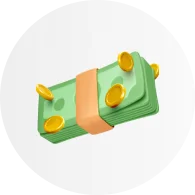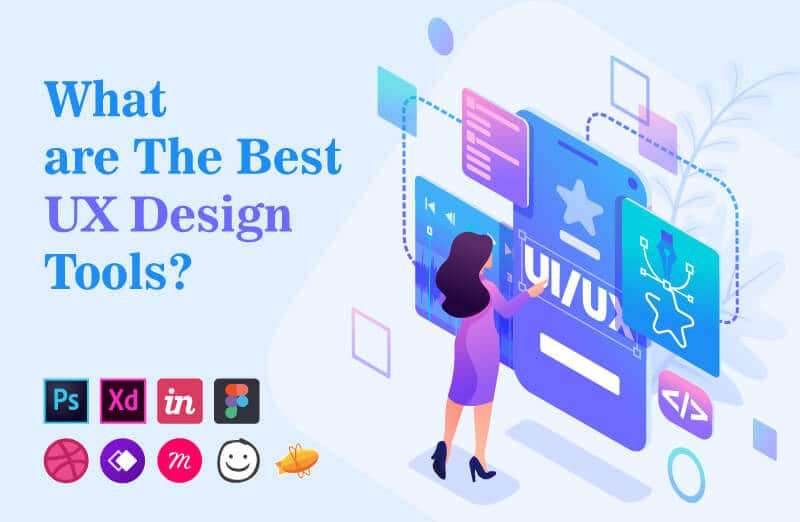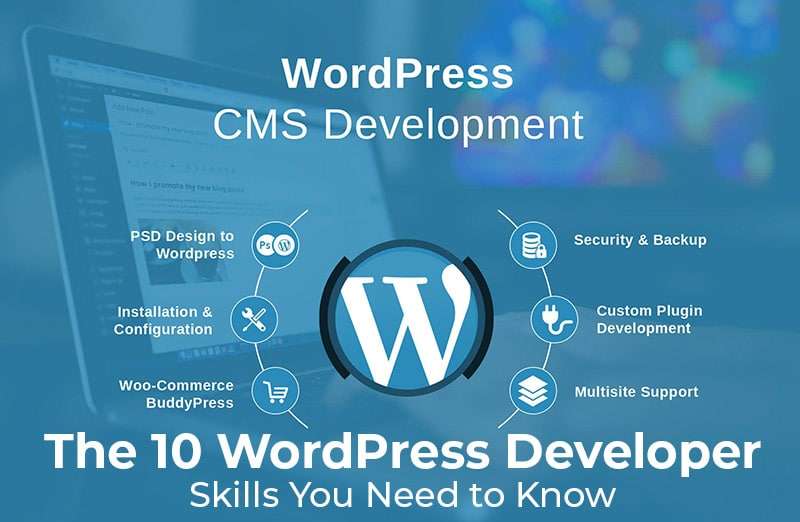




Flutter
App Development
Flutter offers advantages such as high performance, fast development cycles, and a single codebase for multiple platforms, making it an increasingly popular choice for mobile app development.





Key Features

Course Duration- 8 Months

100% Job-Oriented Training

Customized Syllabus

Affordable Courses Fees

3 Days Demo Lectures Free

Industry Expert Faculty

Individual Student Attention

Query Sessions

100% Job Placement Support
About Course
A Flutter App Development course in Surat online provides comprehensive training in building cross-platform mobile applications using the Flutter framework. Typically, the course covers essential topics such as setting up the Flutter development environment, understanding Dart programming language, designing user interfaces with Flutter widgets, managing application state, integrating platform-specific features, and deploying apps to various platforms.
Students learn through a combination of lectures, hands-on coding exercises, and projects where they apply their knowledge to create real-world mobile applications.
End of the course, students gain the expertise required to design, develop, and deploy cross-platform mobile apps using Flutter, positioning them for success in the rapidly growing field of mobile app development.
Syllabus
- Overview of Flutter framework: history, features, and advantages.
- Understanding Dart programming language: syntax, data types, variables, functions, and
object-oriented programming concepts. - Setting up development environment: installing Flutter SDK, IDE (Integrated Development Environment)
setup, and configuring Flutter for both Android and iOS development.
- Widget basics: understanding the widget tree, stateless vs stateful widgets, and widget lifecycle.
- Layouts and styling: exploring various layout widgets such as Row, Column, Stack, and Container, and
applying styles using themes, colors, fonts, and shapes. - Handling user input: capturing user interactions through GestureDetector, InkWell, TextField, and
other input widgets.
- Understanding different state management approaches: setState, InheritedWidget, Provider, Redux, Bloc
pattern. - Implementing state management solutions suitable for different app architectures and complexity
levels. - Handling global app state and local widget state efficiently.
- Navigating between screens: using Navigator, named routes, and route arguments.
- Implementing various navigation patterns: stack-based navigation, tab-based navigation, and drawer
navigation. - Deep linking and navigation guards for handling complex navigation scenarios.
- Fetching data from RESTful APIs: making HTTP requests using packages like http or Dio.
- Parsing JSON responses and handling asynchronous operations.
- Storing data locally: using shared preferences, SQLite, or other local database solutions for
persistent data storage.
- Creating custom widgets: building reusable UI components tailored to specific app requirements.
- Animation and motion: utilizing Flutter’s animation framework for creating smooth transitions and
delightful user experiences. - Material Design and Cupertino widgets: implementing platform-specific UI elements for Android and
iOS.
- Writing unit tests, widget tests, and integration tests using Flutter’s testing framework.
- Debugging techniques: using Flutter DevTools, logging, and debugging tools for identifying and fixing
issues. - Ensuring code quality and reliability through comprehensive testing practices.
- Generating release builds: configuring app signing, setting up release channels, and optimizing app
size and performance. - Publishing apps to Google Play Store and Apple App Store: understanding app submission guidelines,
preparing app metadata, and managing release cycles. - Continuous integration and delivery: automating build processes and integrating CI/CD pipelines for
streamlined app deployment.
Attend a Free Demo
Fill the details and we will call you for further guidance

Flutter App Development Course
Eligibility
Working Professionals who want to start their career in UI UX
Graduates interested in learning UI UX to get their first job
Students aspiring to become a UX UI Designer

Why Flutter
App Development ?

Earn INR 6.2 L.P.A+
The average salary of a Flutter app development is 6.2 LPA and 71% more than the average Flutter Developer Salary in India.
Career in Freelancing
Freelance Flutter development offers high earning potential, remote work options, and the chance to build beautiful mobile apps.
24% Growth Rate
anonymous report is said Flutter app development growth rate is 24% Growth Rate
Job Prospects
The earnings of a Flutter Developer are relatively high and comparable with other salaries in the IT industry.
Our Students Feedback
Frequently Asked Questions
Flutter is Google’s open-source framework for building beautiful mobile apps. You write code once for both Android and iOS, saving time and resources. Key features include a rich set of customizable widgets, hot reload for faster development, and a powerful rendering engine for native-looking apps.
Yes, Dart is generally considered easy to learn for beginners. It has a clean syntax and borrows concepts from popular languages like Java and JavaScript, making the transition smoother. If you have some programming experience, you’ll likely pick it up quickly.
1. Learn Dart.
2. Install Flutter SDK – Prepare IDE.
3 .Study Material Design Concept.
4. Explore Widgets.
5. Learn State Management and Choose Project
Architecture.
6. Make API Calls and Add Database Integration.
Flutter is Google’s SDK for crafting beautiful, fast user experiences for mobile, web, and desktop from a single codebase.
Flutter is a framework that can be used for both frontend and backend development. However, most Flutter developers use it for the former. This is because Flutter makes it easy to create beautiful, interactive user interfaces.
Yes, Flutter allows for the deployment of apps on iOS. Flutter uses a single codebase to create apps for both iOS and Android platforms, making it convenient for developers to write once and deploy across multiple platforms, including iOS devices like iPhones and iPads. However, you need access to a macOS machine and Xcode to build and deploy Flutter apps on iOS.
OUR Blog
- Umesh Godhani
- Umesh Godhani
- Umesh Godhani
- Umesh Godhani
- Umesh Godhani
- Umesh Godhani


















